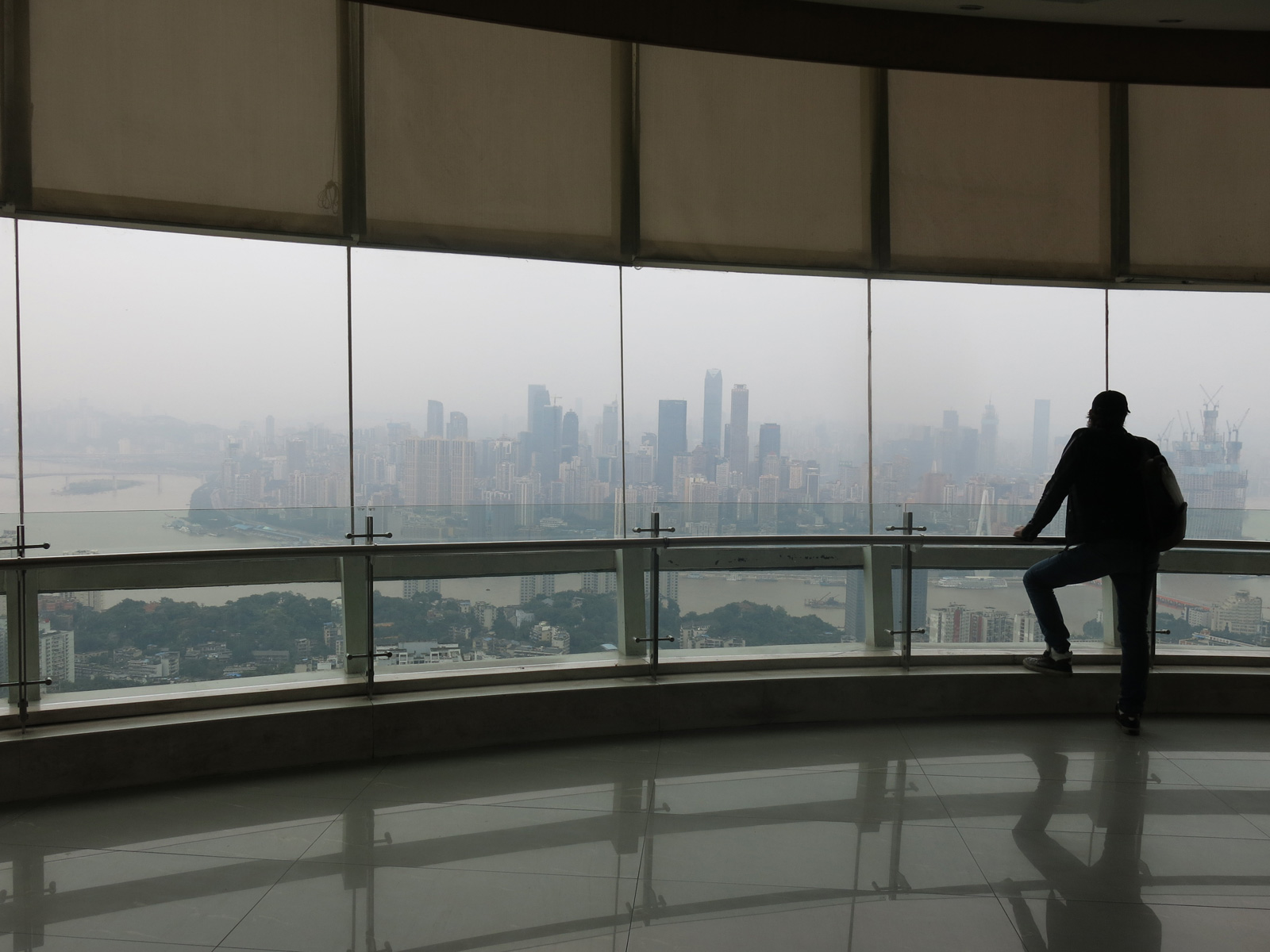Drawing is an uninterrupted process of thinking about urbanism and the relentless force of building that I perceive all over the world.
‘Two-dimensional movements and incisions in the surface, the layering, the vehemence and the force of urbanization in context with the direct and indirect environment. The space which I draw is a space which is created and fought over. My work is a reflection of the human urge to control and expand on a large level, my small-scale drawings an attempt to influence thinking on large-scale space.’
Frank Havermans in Architectural Constructions:
Cities have developed independently of each other, in totally different times and places. What they all have in common, however, is that they are subject to processes of growth and change. The way in which these processes have occurred make cities what they are today; the continuation of these processes what they will one day become.
Cities don’t just grow, they also change from the inside. They evolve slowly but flexibly, according to the needs of their latest users.
Through constant processes of construction and demolition every city develops its own identity with its own physical and psychological layering. This layering supports the city’s contemporary structure. During all processes of change the city itself, a complex entity, seems to determine the direction of the change. It develops anarchically outside the individual plans of architects, project developers and urban planners, particularly if you look at the long-term picture.
A city does not allow itself to be formed solely by pretentious, fashionable architectural and urban development plans. A city is formed, and allows itself to be formed, by all the interventions and all the changes made by all the people who live and have lived there. The totality of this development process is so complex that no-one can truly grasp it. Only the city lives long enough to comprehend and direct its own layering. It goes its own way. Plans and buildings which continue to function, in the broadest sense of the word, after their intended lifespan has elapsed, are allowed to remain by grace of the city and eventually serve as monuments to their age. Plans and buildings which do not survive the ravages of time founder to become intermediate layers in the city’s totality of layering.
Structuring, or restructuring, districts requires creative thinking. Often there is little more than the systematic solution of invented, anticipated problems, by the shortest, most illogical path. This finds expression in the systematic raising and hardening of the ground surface, removing all contact with the natural world. This over-cultivation is an extreme attempt to control everything down to the smallest detail.
In my drawings I seek the boundaries to this endless expansion. Two-dimensional movements and incisions in the surface, the layering, the vehemence and the force of urbanization in context with the direct and indirect environment. The space which I draw is a space which is created and fought over. My work is a reflection of the human urge to control and expand on a large level, my small-scale drawings an attempt to influence thinking on large-scale space.

Artist in residence, Chongqing, 2018
Drawing 51, Chongqing, 2018
Galaxy Museum of Contemporary Art Chongqing, 2017
Galaxy Museum of Contemporary Art Chongqing, 2017
Galaxy Museum of Contemporary Art Chongqing, 2017
Overviewing Shenzhen, 2017
Poetics of Space, Cityscapes Gallery in StadsSalon Tracy Metz, Amsterdam, 2018
Architecturen, Kunstruimte KUUB Utrecht, Frank Havermans, 2016
Amsterdam Drawing 2015, booth Cityscapes Gallery
Overviewing Amsterdam IJburg, 2013
GM8, artist in residence, Amsterdam, Cityscapes Gallery, 2013
GM8, artist in residence, Amsterdam, Cityscapes Gallery, 2013
Overviewing Toronto, 2013

